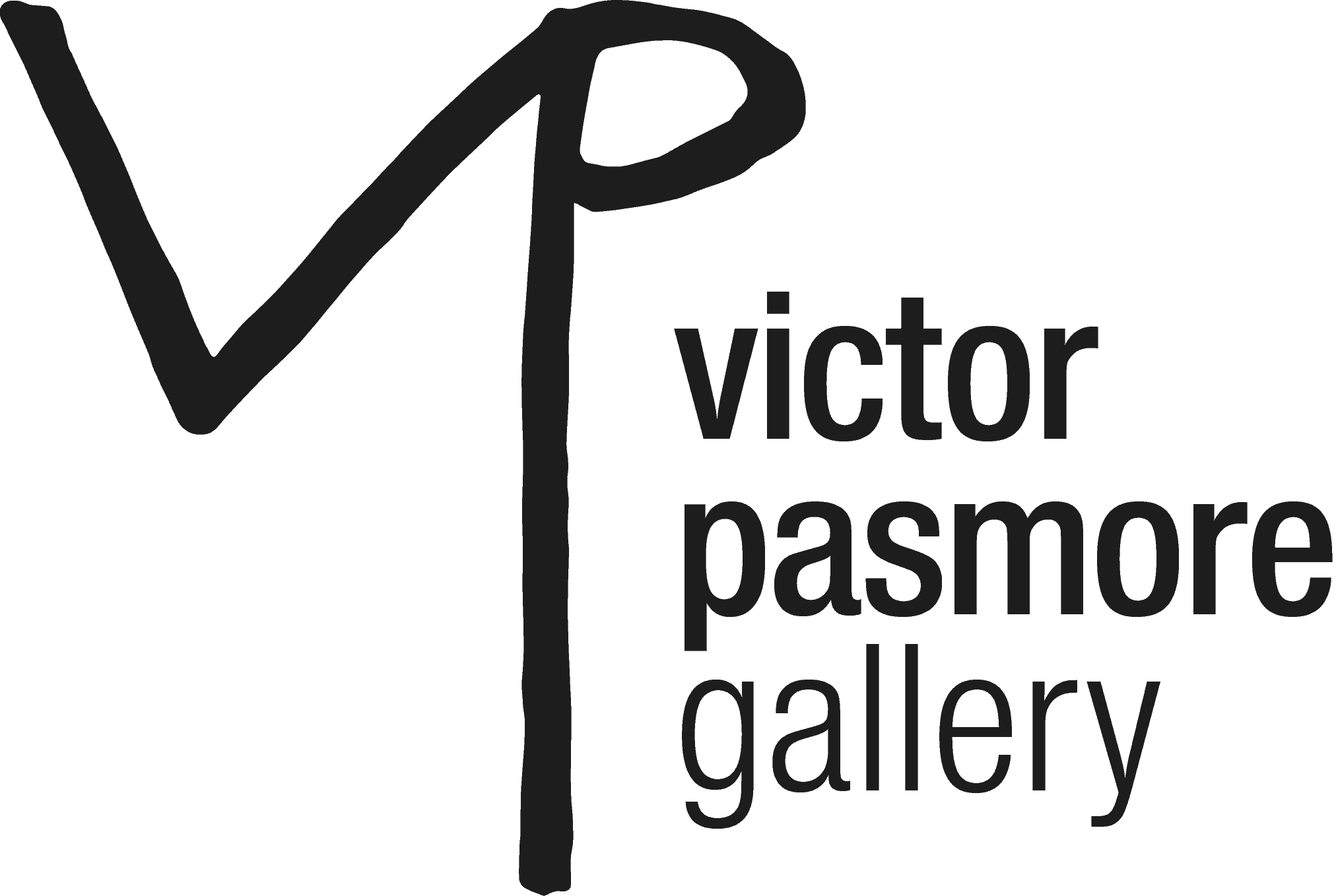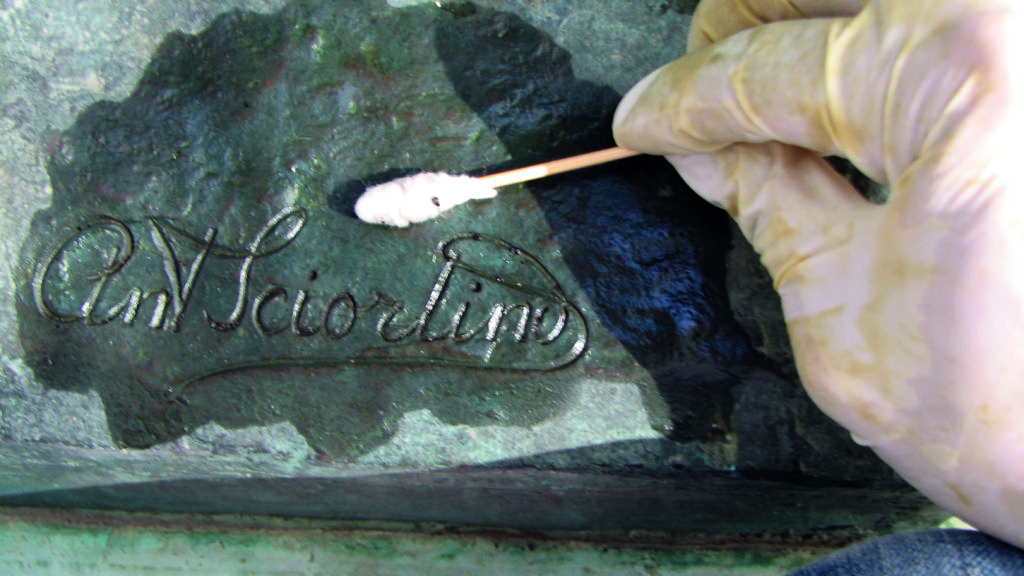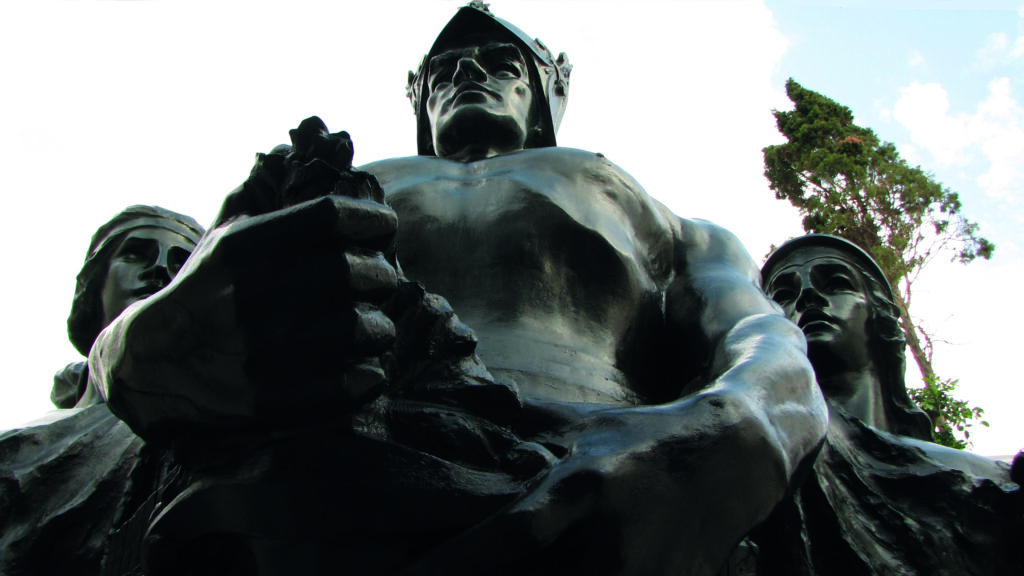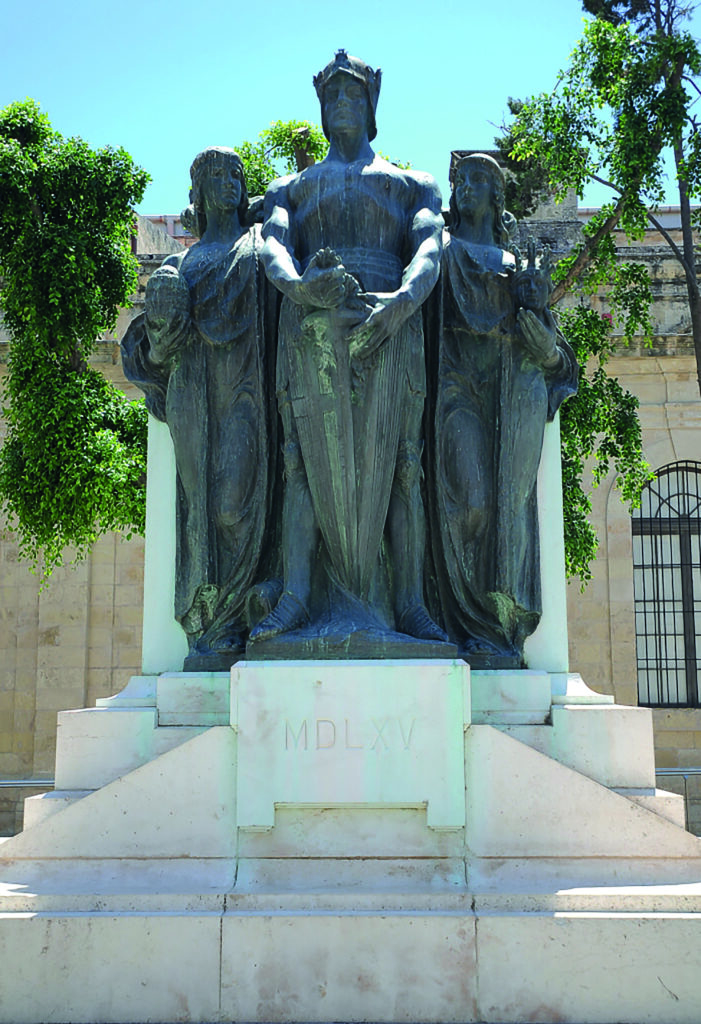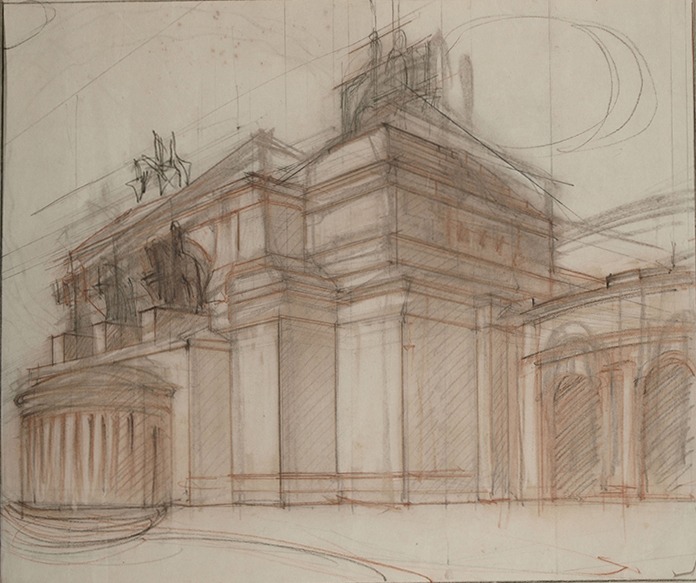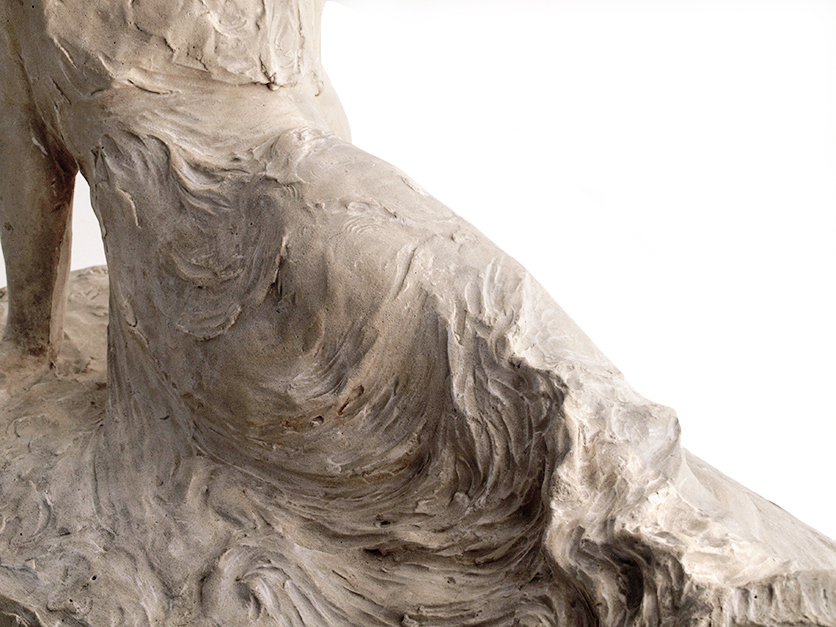Antonio Sciortino was a Maltese sculptor who is often heralded as Malta’s most prominent twentieth-century sculptor. He was the son of Giuseppe Sciortino (1826- 1910), a farmer, and Saveria née Sant. Sciortino’s interest in art began early in his childhood, and his cousin, the Maltese painter Lazzaro Pisani, encouraged him to pursue his studies at the Malta Society of Arts, Manufactures and Commerce. There, Sciortino studied drawing under Pisani, and modelling and sculpture under Vincenzo Cardona. In 1900, he was awarded a government bursary and thus given the opportunity to further his studies at the Regio Istituto di Belle Arti in Rome. In addition to his practice as a sculptor, he also took up civil engineering and architecture, and graduated in Rome in 1902. At this point, Sciortino almost entirely relocated to Rome, and he opened a studio in Via Margutta, where he successfully gained international reputation as a sculptor. He began teaching sculpture at the British Academy of Rome, and eventually rose to the position of Director, which he remained for twenty years. Despite being based in Rome, Sciortino nevertheless maintained a strong relationship with Malta, and often produced works which were then sent back to the island. Les Gavroches, which was executed in 1904 and purchased by the Malta Society of Arts, Manufactures and Commerce, where it was then presented to the people in 1907, and the bust of Sir Adrian Dingli at the Mall, Floriana, which was inaugurated by King Edward VII in the presence of the Queen and Princess Victoria on 15 April 1907. In 1917 he produced the bronze monument of Christ the King, which is considered by many as the epitome of his career.
During his career, Sciortino’s success was also awarded with numerous prizes, honours and awards for his art, including an honorary membership of the Malta Society of Arts, Manufactures and Commerce in 1924, and Hon. Corresponding Member of the Royal Institute of British Architects in 1925. After spending twenty-five years in Rome, with intermittent visits to Malta, Sciortino permanently relocated back to Malta on 3 May 1937, where he was appointed curator of the Museum of Fine Arts in Valletta. In his later years, Sciortino presented to the public his collection of original plaster casts of his works, which he had kept in his studio in Rome. After his demise, his private art collection was auctioned by auctioneer S.E. Falzon Santucci on 2 June 1949. Sciortino’s mastery of sculpture has left and long-lasting impact on Maltese artists who came after him.
